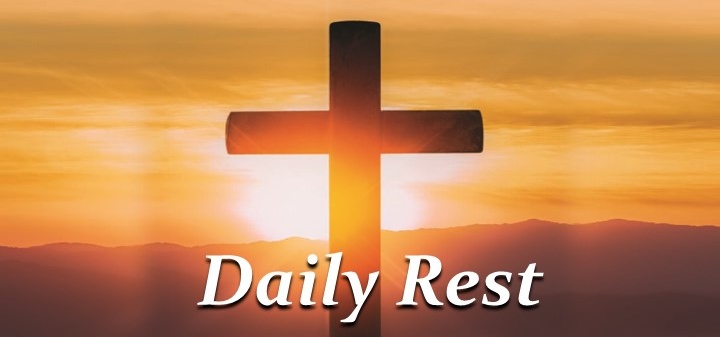Profile of the Prophet Isaiah
The vision of Isaiah the son of Amoz, which he saw concerning Judah and Jerusalem in the days of Uzziah, Jotham, Ahaz, and Hezekiah, kings of Judah. Isaiah 1:1
God has forbidden attempts to see into the future by means of superstitious devices such as horoscopes, crystal balls, or Ouija boards. (Deuteronomy 18:10, 11; Revelation 21:8; 22:15) Knowledge of the future belongs to God alone; if it is to be revealed in advance, only He can reveal it. Only the knowledge of the future that He reveals in His Word is good for us.
Here in the first verse of the book of Isaiah we learn that God did make future events known to the prophet. Isaiah could rightly say, “Now it shall come to pass in the latter days…” (Isaiah 2:2)
This opening statement of the book also reveals something about the way God made future events known to the prophet. It was by visions; “he saw” what would befall Judah and Jerusalem.
But it wasn’t just events of the immediate future that Isaiah saw. It was also the more distant events in the life and work of the Messiah. These things Isaiah was permitted to see and to report as one who saw them with his own eyes. Here we think especially of Isaiah 53, where he speaks of the passion, death, and resurrection of Christ in the past tense. It was as if these events had already happened, for the mouth of the LORD had spoken them.
The visions shown to Isaiah are to us a powerful witness to Christ and His work by which He has brought to us the blessings of the forgiveness of sins and eternal life.
Father, we give You thanks and praise for the picture of Jesus Christ that you have given us in the book of Isaiah. Through these prophecies give us comfort and joy in the certainty that Jesus is indeed the Christ, the Savior of the world. Amen.

